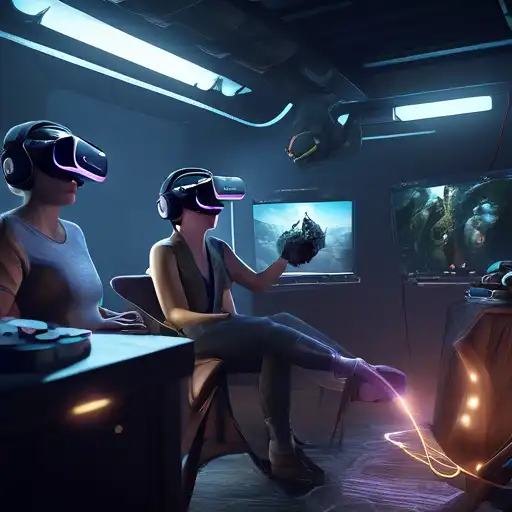Introduction to Virtual Reality
Virtual Reality (VR) has transformed the way we interact with digital content, offering immersive experiences that were once the stuff of science fiction. From gaming to education, VR is making waves across various industries. This guide will walk you through the essentials of creating immersive VR experiences that captivate and engage.
Understanding VR Technology
Before diving into VR development, it's crucial to understand the technology behind it. VR relies on headsets and motion tracking to create a simulated environment. The key to immersion is the user's ability to interact with this environment in a natural way.
Choosing the Right Hardware
Selecting the appropriate hardware is the first step in VR development. Options range from high-end systems like the Oculus Rift to more accessible mobile VR solutions like Google Cardboard. Your choice will depend on your target audience and the complexity of the experience you wish to create.
Designing for Immersion
Design is at the heart of any successful VR experience. It's not just about visual fidelity; it's about creating a world that feels alive and responsive. Here are some key considerations:
- User Interface (UI): Ensure your UI is intuitive and doesn't break immersion.
- Sound Design: Spatial audio can significantly enhance the sense of presence.
- Interactivity: The more interactive elements you include, the more immersive the experience.
Developing Your VR Experience
With the design in place, the next step is development. Popular platforms like Unity and Unreal Engine offer robust tools for VR development. Remember to optimize your experience for performance, as VR requires high frame rates to prevent motion sickness.
Testing and Iteration
Testing is critical in VR development. Gather feedback from users to identify any issues with immersion or comfort. Iteration based on this feedback will help refine the experience.
Publishing and Distribution
Once your VR experience is polished, consider the best platform for distribution. Options include app stores like Oculus Store or SteamVR, depending on your target audience.
Conclusion
Creating immersive VR experiences is a challenging but rewarding endeavor. By understanding the technology, focusing on design, and iterating based on feedback, you can create experiences that truly transport users to another world. For more insights into VR development, check out our VR development tips.
